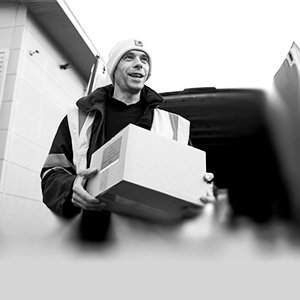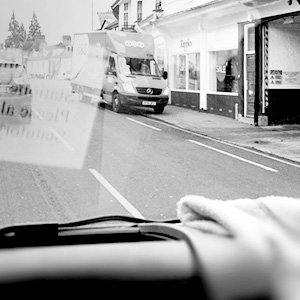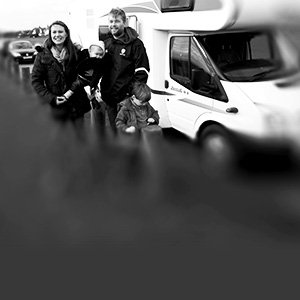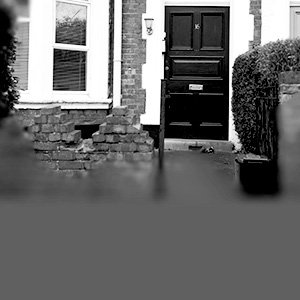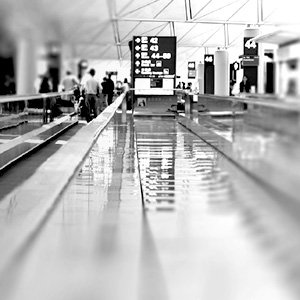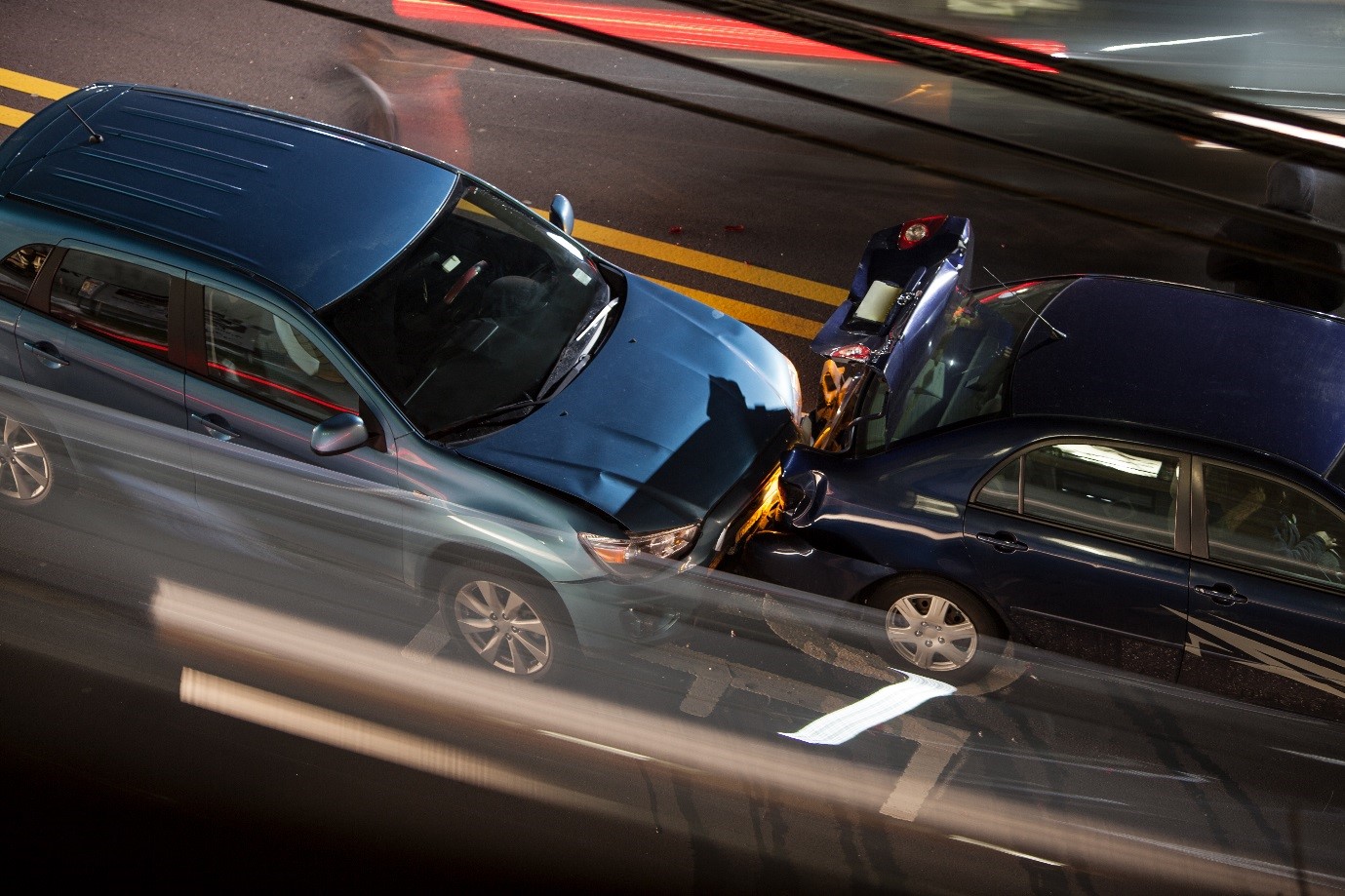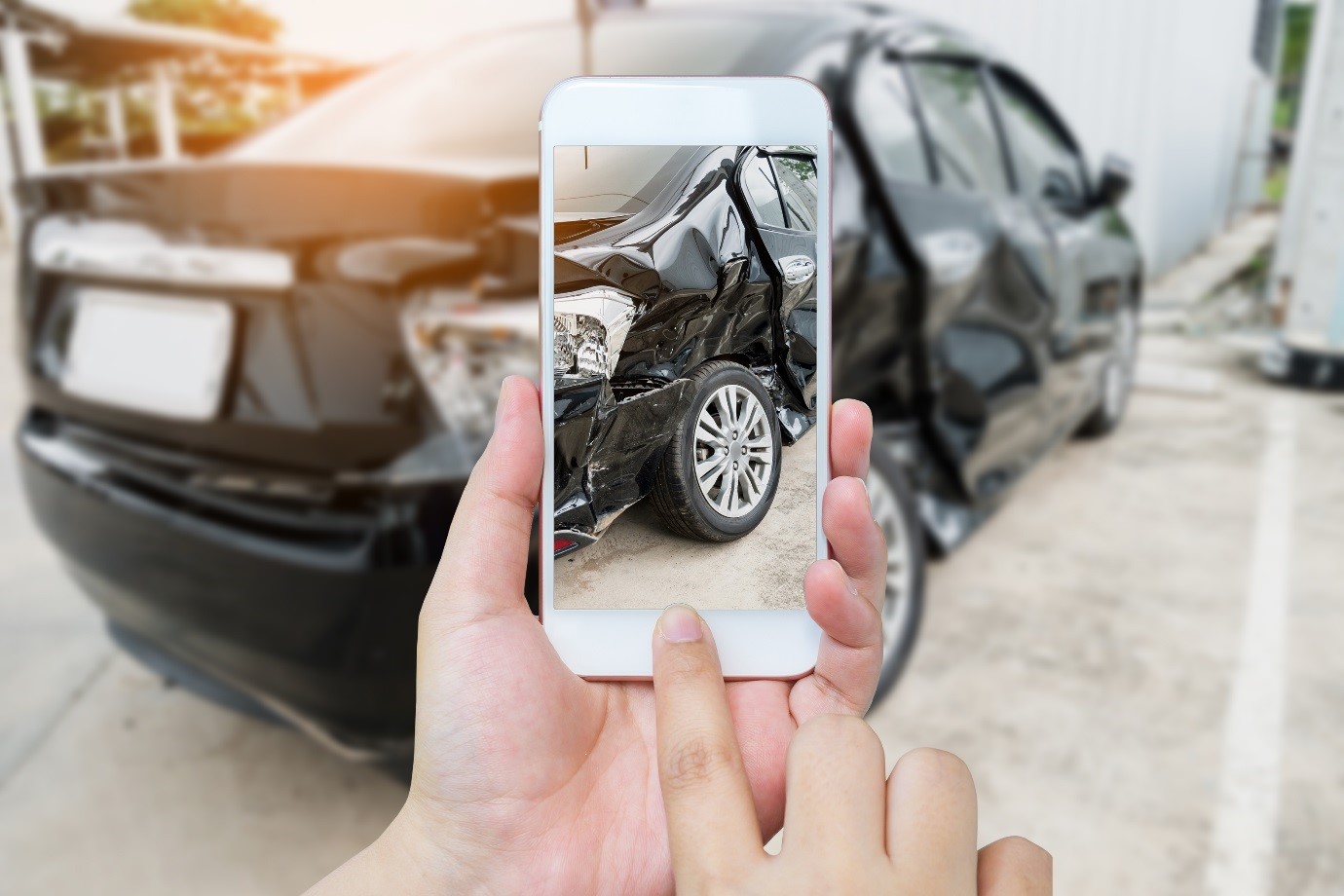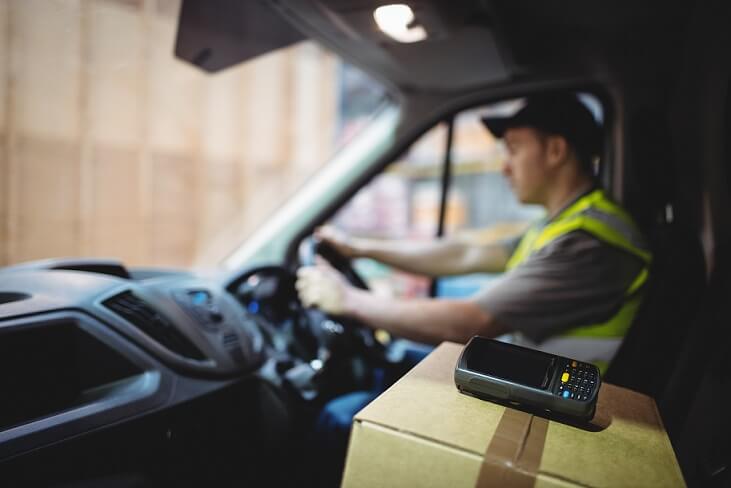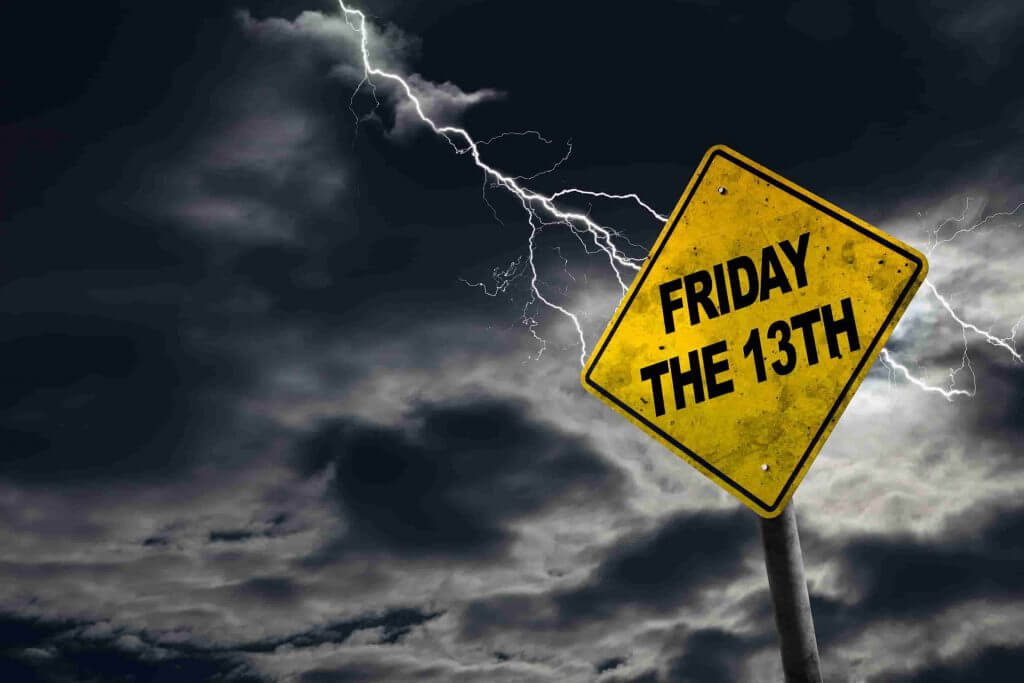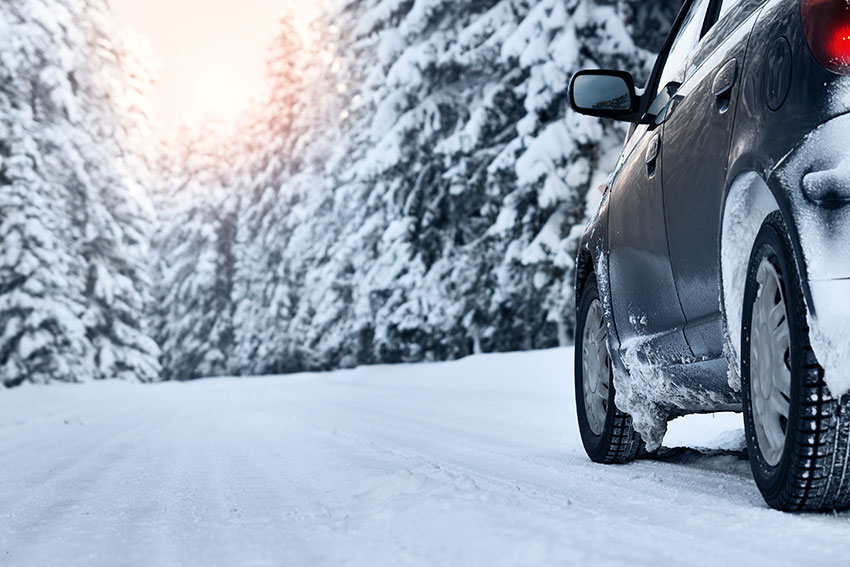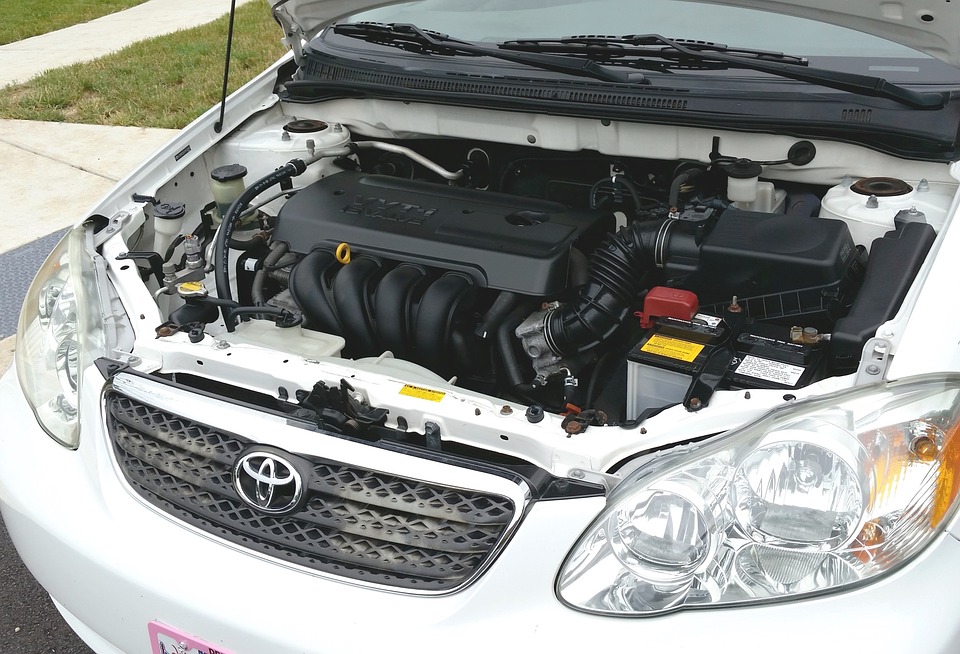As responsible taxi insurance specialists, we’re always keen to help our customers maintain low premiums. With crash for cash incidents increasing driver premiums by an average of £50 every year, we wanted to provide you with the key information you need to stay cautious and vigilant around fraudsters on the road.
What is crash for cash?
In most collisions where one vehicle crashes into the back of another, it‘s the driver behind that is usually deemed to be at fault. Fraudsters purposely try to create accidents like this, where the unsuspecting motorist crashes into the back of the fraudster. The fraudster then makes a claim in the hope of getting a cash pay-out. It’s estimated that around 30,000 of these fake accidents happen each year, costing around £340 million.
There are three different types of cash for crash scenarios:
- Induced Accident – this is when fraudsters create an accident, for example by deliberately slamming on the breaks of their vehicle to ensure the car behind crashes in to them.
- Staged Accident – this is when fraudsters create a fake accident, possibly using a sledgehammer to imitate the effects of a crash or by crashing two of their own vehicles deliberately.
- Ghost Accident – this is when fraudsters submit a claim for an accident that didn’t even happen.
Are taxi drivers at risk of a crash for cash?
Fraudsters target vulnerable road users such as lone males, females or drivers with children in the vehicle which means that taxi drivers are at high risk. A fraudster’s worst nightmare is when they target an uninsured driver, so they also look for premium vehicles or private number plates. Any indication that your vehicle is insured puts you at risk.
How you can avoid becoming a victim
- Be wary of erratic driving and unnecessary slowing down from the vehicle ahead.
- Keep well out of the way of any vehicles where you suspect that their brake lights may not be working.
- Do not assume that flashing headlights is a signal to proceed.
- Whilst at a junction, do not assume that the vehicle coming from the right and indicating left will turn, wait and make sure.
- Invest in a dash cam – many drivers have been able to save thousands of pounds thanks to dash cam footage.
- Make sure you look and plan well ahead to anticipate any hazards.
- Ensure plenty of space between your vehicle and the vehicle in front, especially at a junction or by a pedestrian crossing.
- Don’t be distracted by other vehicles – fraudsters will sometimes have a “following car” that drives up behind the target car whilst a partner positions themselves in front.
- The following car then flashes their lights, beeps their horn etc, to distract the target driver, whilst the car in front brakes. After the accident, the following car speeds off from the scene without getting involved.
Spotting the signs of a crash for cash fraudster
- When you’re involved in an accident, it is perfectly normal to appear irritated, shocked or excitable. However, fraudsters may appear too calm for someone who’s been involved in an accident.
- The fraudster is highly likely to have their insurance details close to hand or written down.
- It is common for fraudsters to demand payment to keep them quiet, but often they will make an exaggerated claim anyway.
- Backward glances – be vigilant around drivers or passengers who seem to pay lots of attention to the vehicle behind them, this could be a sign that they are planning an accident.
- Brake lights – fraudsters often disable their brake lights which makes it easier to cause an accident, look out for this.
What to do if you think you might be a victim
- Call the police straight away and advise them of your suspicions.
- Look around the area for witnesses, but be vigilant as fraudsters can often plant witnesses.
- Report the incident to the Insurance Fraud Bureau (0800 422 0421) and your insurance provider.
- Gather as much information as you can about the incident, including passengers, the driver and any other circumstances worth noting. Photos can help too, try and take photos of the damage to both vehicles, but ensure you are subtle and do not provoke unrest.
